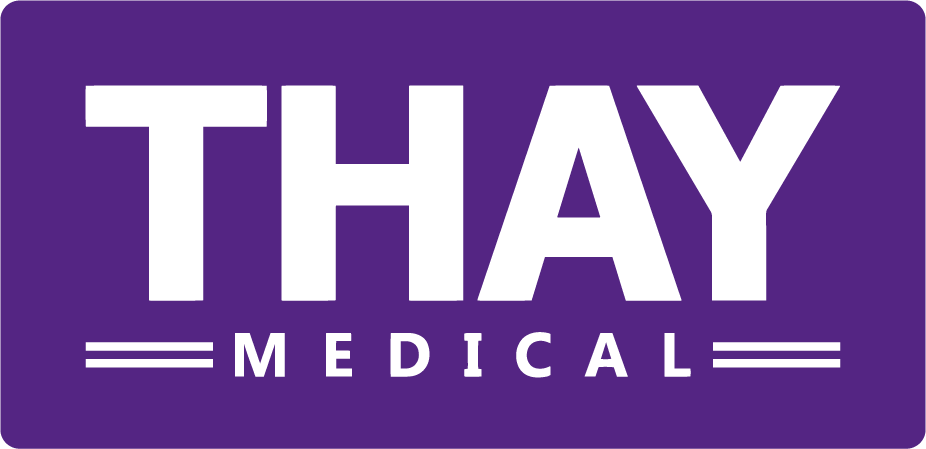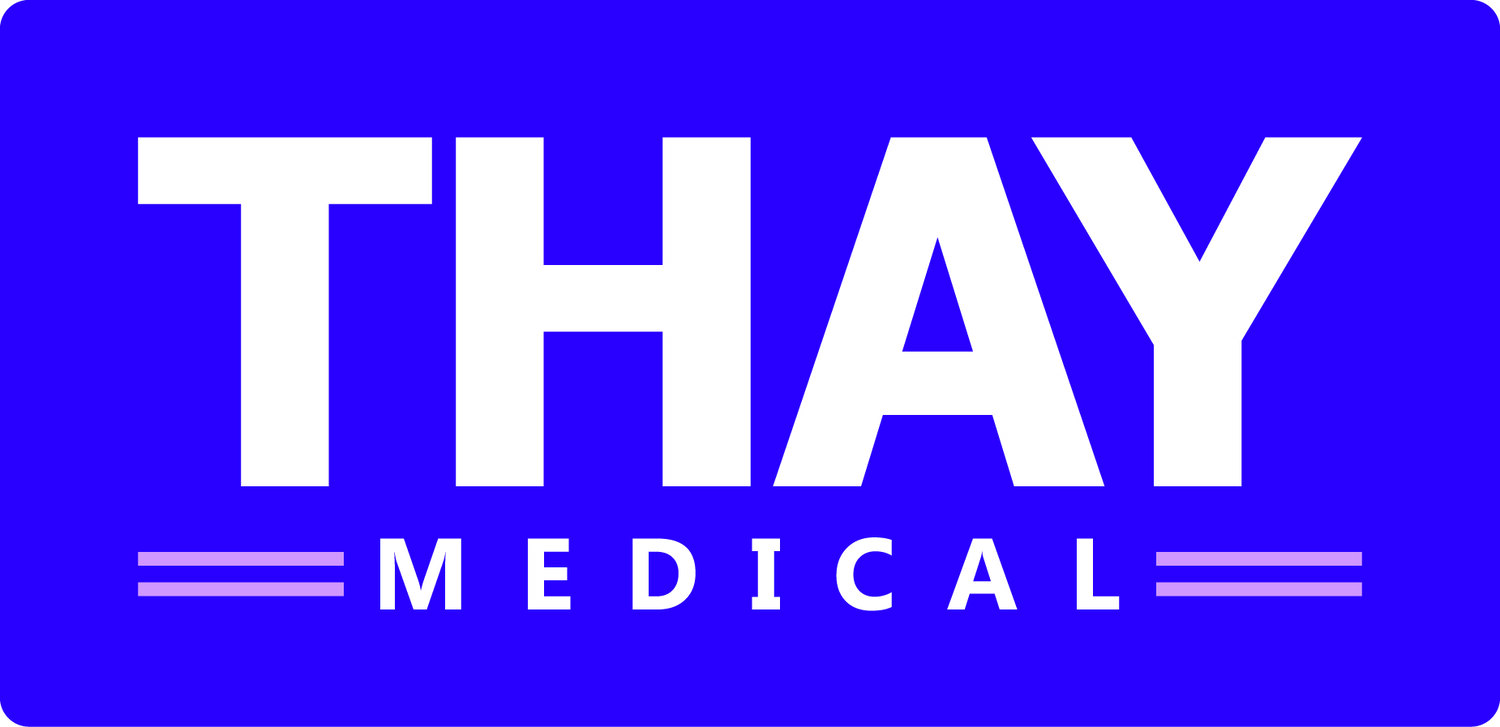User Experience (UX)
When starting any medical device design project, a conflict between user experience and design will often happen. Without a good understanding of a users experience, good design may not always follow.What is user experience you may ask? User experience (also known as UX) is the experience of using a product – in our case, a medical device. This could be the normal (intended) use, abnormal use or (un) intended mis-use. A lot can be learned from user experiences in order to generate good design such as what would be natural for the user to. For example how a user would hold a medical device. User experience is often used in relation to website and app design. However, there are examples of user experience contradicting design all around. For example, a pedestrian path ignored; users would rather cut across the grass for a quicker route. This is not saying people will always make a short-cut but given the choice, it may be logical, and if frequent enough, become the normal (intended) use. Within human factors engineering, both user experience and usability are important; how a user interacts with a medical device physically and emotionally.Medical devices will often have many users for example; patients, carers, health care professionals, pharmacists and biomedical engineers. Therefore, the user experiences for a medical device will differ from user to user. When a health care professional uses a device correctly it shows that they are competent within their job; giving them confidence in what they are doing. This confidence is automatically passed onto the patient. From a patients point of view the experience of using a medical device should be similar to any consumer product. The simplicity and design will put the user at ease and allow them to feel more comfortable and enable a potentially longer compliance and relationship with the medical device.Some of the emotional factors of medical device design include colour and emotion. Colour is a design factor while the feeling of embarrassment is a user experience factor. Both are important when designing medical devices. For example, colours within a clinical application have different meanings than colours used to define risk. These again have different emotional representations. Red in a clinical application is considered blood based, while it represents danger in defining a risk, yet it portrays an angry emotion. Blue for another example within a clinical application represents venous yet emotionally portrays a soothing, calming feeling. It is for this reason that medical devices are often white. White is considered a neutral colour, and does not link to any emotion, clinical or risk stereotype.User Experience and design should work in harmony together to create good design. The understanding of all these elements of usability and user experience can potentially improve how a medical device is used during its life-time. Simple decisions in the design process can have larger impacts commercially and safety-wise for a medical device so understanding them is critical.If you have any questions on user experience, please do not hesitate to contact THAY Medical. We would love to hear from you.Llinos JamesHuman factors Engineer at THAY Medical
Within human factors engineering, both user experience and usability are important; how a user interacts with a medical device physically and emotionally.Medical devices will often have many users for example; patients, carers, health care professionals, pharmacists and biomedical engineers. Therefore, the user experiences for a medical device will differ from user to user. When a health care professional uses a device correctly it shows that they are competent within their job; giving them confidence in what they are doing. This confidence is automatically passed onto the patient. From a patients point of view the experience of using a medical device should be similar to any consumer product. The simplicity and design will put the user at ease and allow them to feel more comfortable and enable a potentially longer compliance and relationship with the medical device.Some of the emotional factors of medical device design include colour and emotion. Colour is a design factor while the feeling of embarrassment is a user experience factor. Both are important when designing medical devices. For example, colours within a clinical application have different meanings than colours used to define risk. These again have different emotional representations. Red in a clinical application is considered blood based, while it represents danger in defining a risk, yet it portrays an angry emotion. Blue for another example within a clinical application represents venous yet emotionally portrays a soothing, calming feeling. It is for this reason that medical devices are often white. White is considered a neutral colour, and does not link to any emotion, clinical or risk stereotype.User Experience and design should work in harmony together to create good design. The understanding of all these elements of usability and user experience can potentially improve how a medical device is used during its life-time. Simple decisions in the design process can have larger impacts commercially and safety-wise for a medical device so understanding them is critical.If you have any questions on user experience, please do not hesitate to contact THAY Medical. We would love to hear from you.Llinos JamesHuman factors Engineer at THAY Medical

